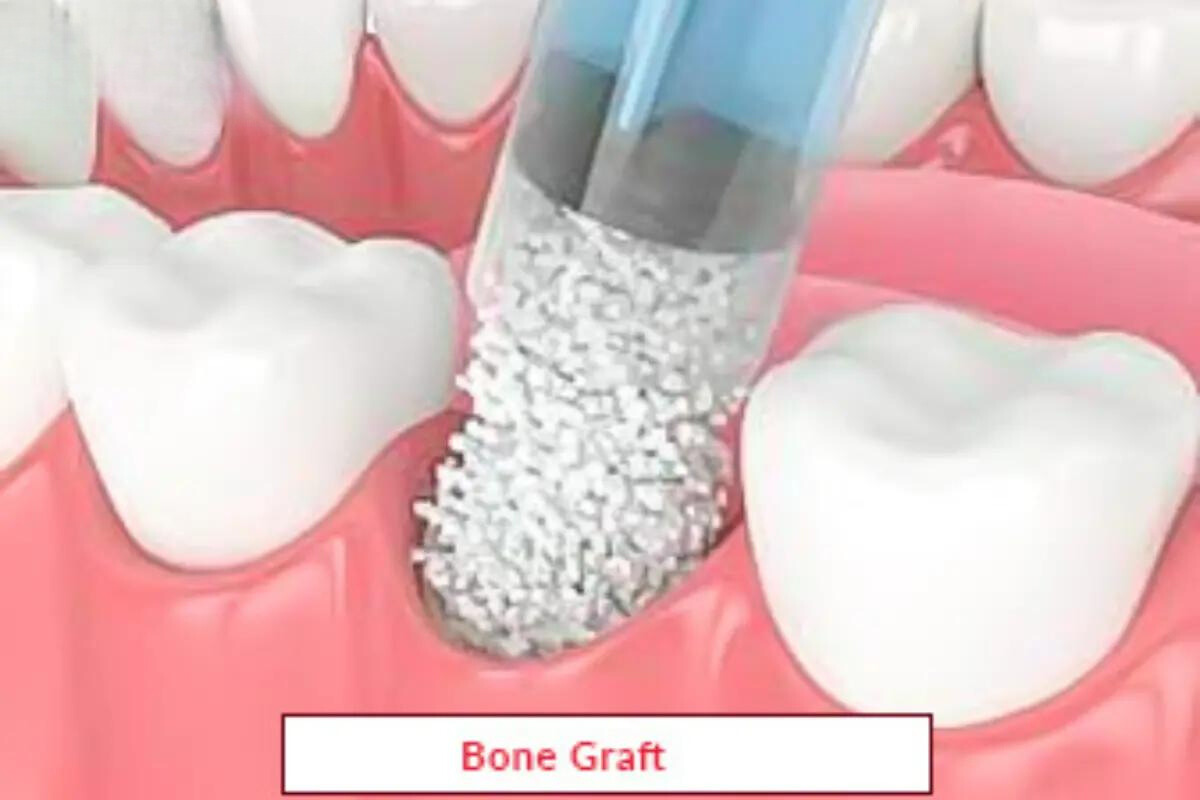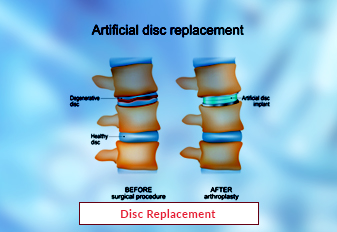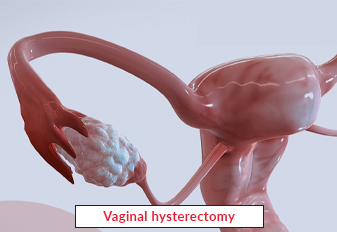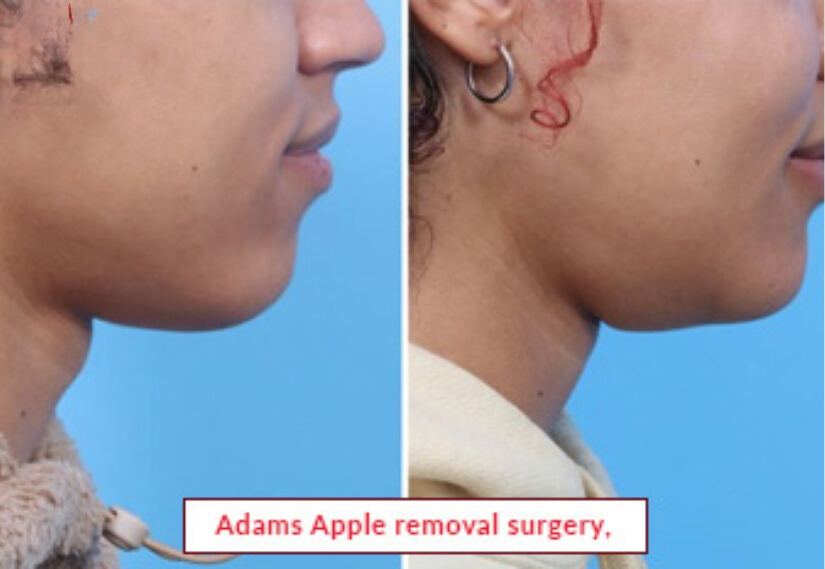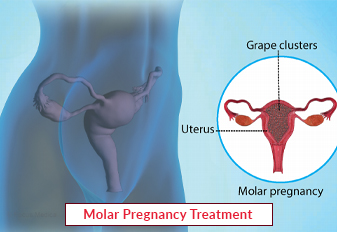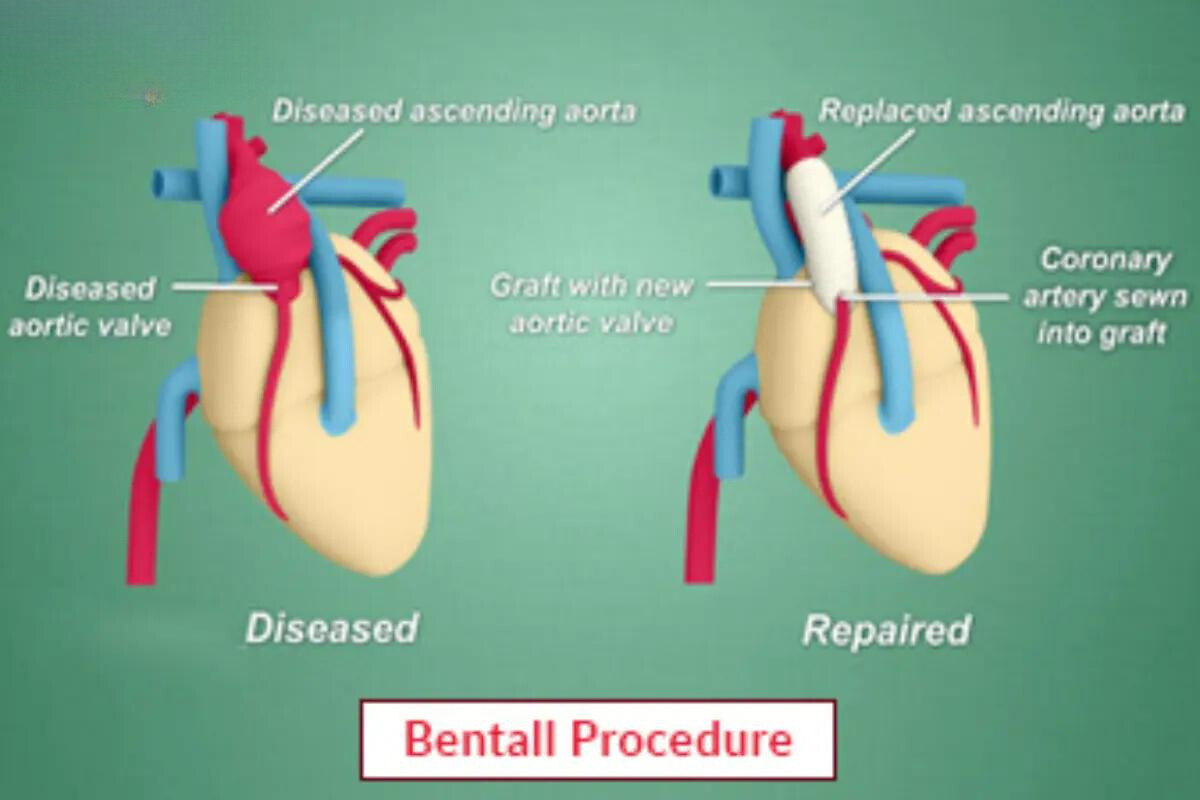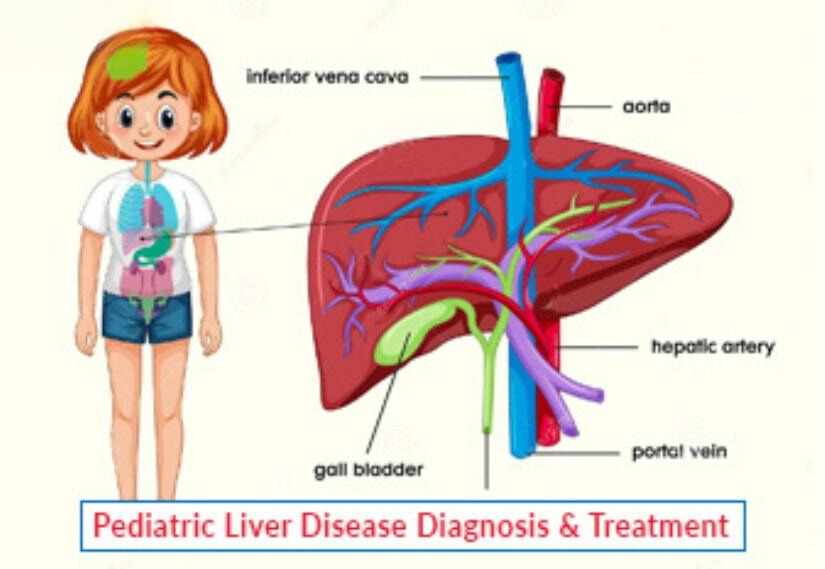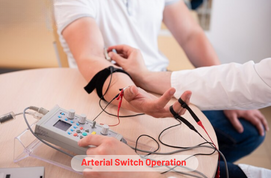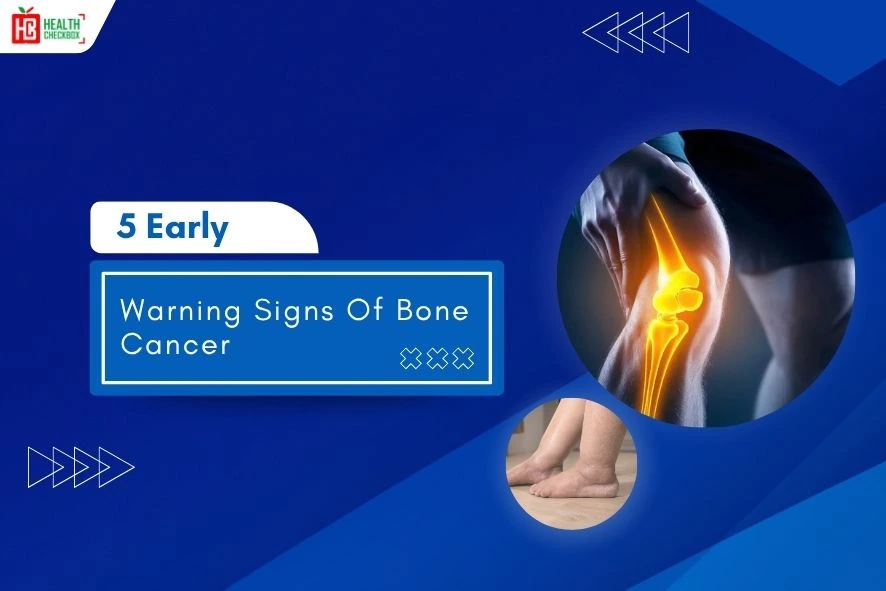Bone-related surgical procedures are known as bone grafting treatment. It is used to treat bone damage caused by a disease, inflammation or accident. Bone problems can occur in any bone of the body. For instance head, leg, knee, elbow, wrist, etc. Although there are several bone concerns like fractures, bone diseases, osteomyelitis, congenital anomalies, jaw reinforcement, joint replacement, spinal fusion, osteoarthritis, etc. Each bone issue can be fixed through the bone graft treatment.
During the procedure, an orthopedic surgeon transfers or replaces the bone tissues from another area of bone in order to heal the fracture caused by trauma, accident, or disease. In a bone grafting process, the orthopedic surgeon used to repair the bone damage through taking bone from another part of the body. It could be hips, legs, or ribs.
Types of Bone Graft Treatment
Majorly, there are 4 options for this treatment:
Allograft
In this surgical procedure, a doctor uses another person’s (donor) bone tissue for grafting treatment. This type of graft is usually used in spinal fusion surgery to promote healthy bone tissue. However, public health services strict some regulations on how tissues are handled and bone tissue is cleaned and processed ( sterilized) to ensure the safety of the beneficiary.
Autograft
This procedure involves a patient’s own bone tissues for the reconstruction of the bone. Limited tissues typically collected from your hip bone. The primary benefit of using your own tissues is that it increases the chances of successful bone fusion. Initially, a person may experience pain in the area where the tissues are collected. However, it is quite normal and the pain goes away in a few days after having prescribed pain-management pills.
Bone Marrow Aspirate
The bone marrow is the kind of chemical substance that is originally found in the bone. It contains stem and progenitor cells that aid in healing fractures. In this entire process, an orthopedic surgeon collects a bone marrow sample through a needle from the hip bone. Then the collected sample is combined with other bone grafts in order to fix the occurring problem in the bone.
Synthetic Bone Graft
Synthetic Bone graft includes artificial materials that are prepared from different types of porous substances. These also contain proteins that support bone development. This type of graft is used in multiple situations, like birth defects, improving bone quality, bone infections, dental bone graft, etc.
Advantages of Bone Graft Treatment
The following are the benefits of bone grafting surgery:
- Minimum chances of infections
- Decrease the probability of disease transmission
- Increases the likelihood of successful bone healing
- No additional process is required to harvest bone tissue
- A person can return to daily activities
- Early recovery and reduce healing time
- Improve the bone functioning
Risks of Bone Grafting
Each surgical procedure poses the risk of bleeding and infections. Here we mentioned a few of surgery risks that are associated with bone grafting.
- Pain
- Inflammation
- Nerve injury
- Swelling and Rejection of bone graft
- Reabsorption of the graft
- Blood clotting
- Lumps
- Scars
- Bleeding
- Long-term pain issues
- Less productivity
Procedure of Bone Grafting Treatment
- Before the procedure, a patient needs to do some additional tests, like X-ray, CT scan, image testing, and blood tests. Through conducting these tests, doctors get an idea which type of surgery the person needs.
- A patient gets ready to administer anesthesia that puts him to sleep or a relaxed state.
- Then an orthopedic surgeon starts making incisions on the specific area of the skin to expose the bone, which needs grafting.
- After that, the operating doctor removes infectious tissues to prepare them for the graft.
- In the next step, the medical professional attentively applied the graft and secured it in the right place by using different surgical techniques might be plates, screws, pins, wires, cables, and hardware.
- Lastly, the surgeon closes the incisions through stitches and closely monitors the person’s overall condition for a few hours.
Recovery After the Procedure
- A patient’s bone graft recovery depends on various factors like age, other health concerns, and size of graft. However, a common recovery takes a period of about two to three weeks.
- For early recovery, a doctor gives some instructions like avoiding physical activities, smoking, and drinking alcohol.
- A doctor might also suggest prescribed medications that would be helpful in managing pain and discomfort.
- Additionally, a doctor also suggests physiotherapy for checking the proper functioning of bone.
- Despite this, a person must add necessary vitamins, like vitamin D substances in the daily diet for better recovery.
Our Other Services
Latest Health Tips
Can Immunotherapy Cure Stage 4 Lung Cancer?
Early Signs of Cervical Cancer
Foods that Kill Cancer: Leafy Vegetables, Grains, & More
What Stage of Cancer is Immunotherapy Used For?
Which is Worse for Cancer, Sugar or Alcohol?
Vaccines That Prevent Cancer
What Kills Cancer Cells in the Body Naturally?
Early Warning Signs of Bone Cancer
Submit Your Enquiry
Testimonials








